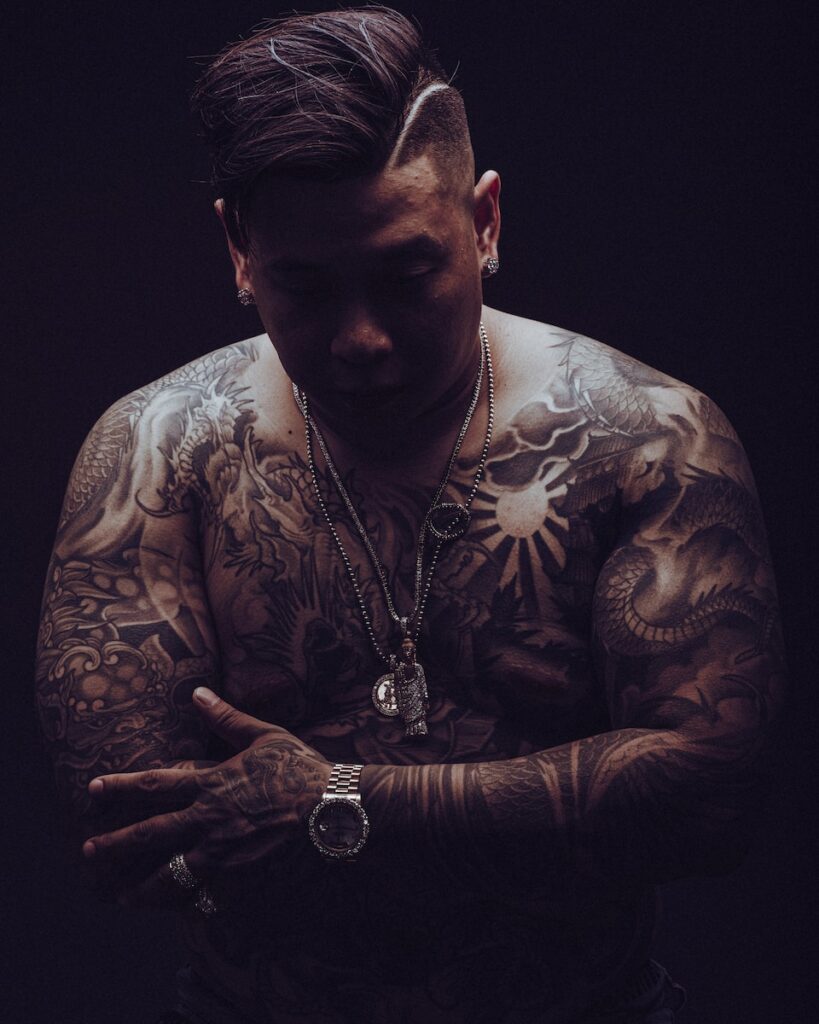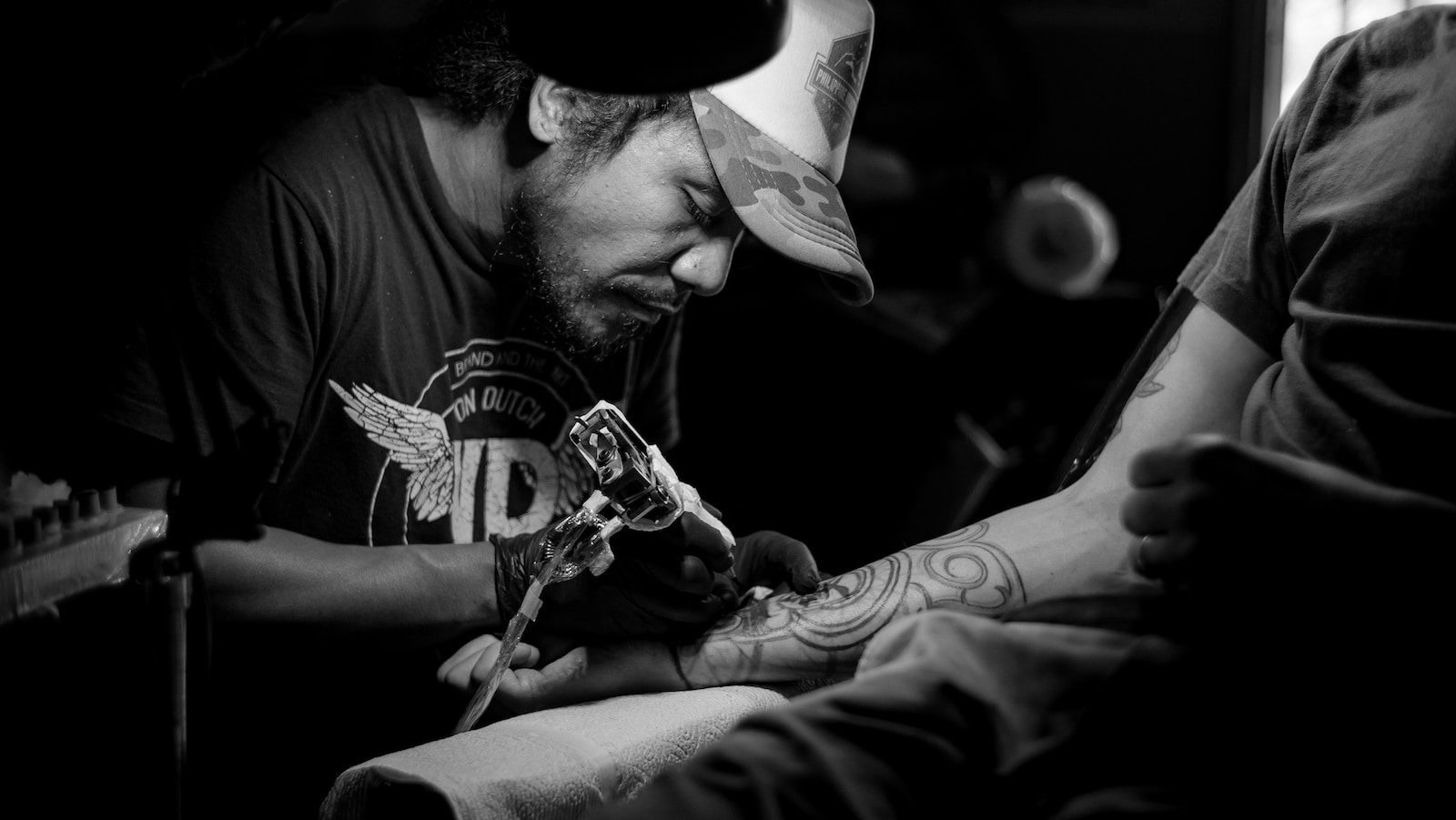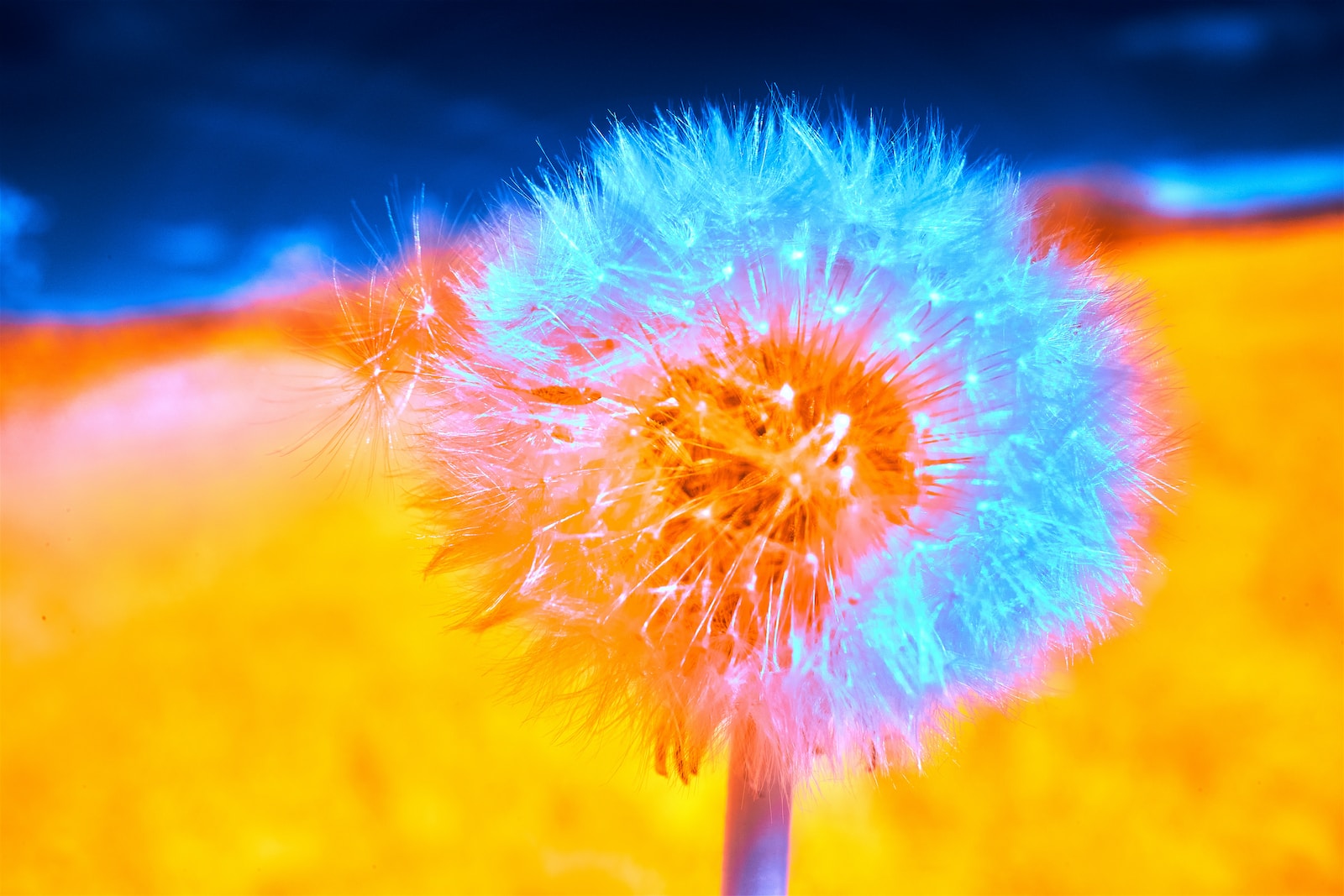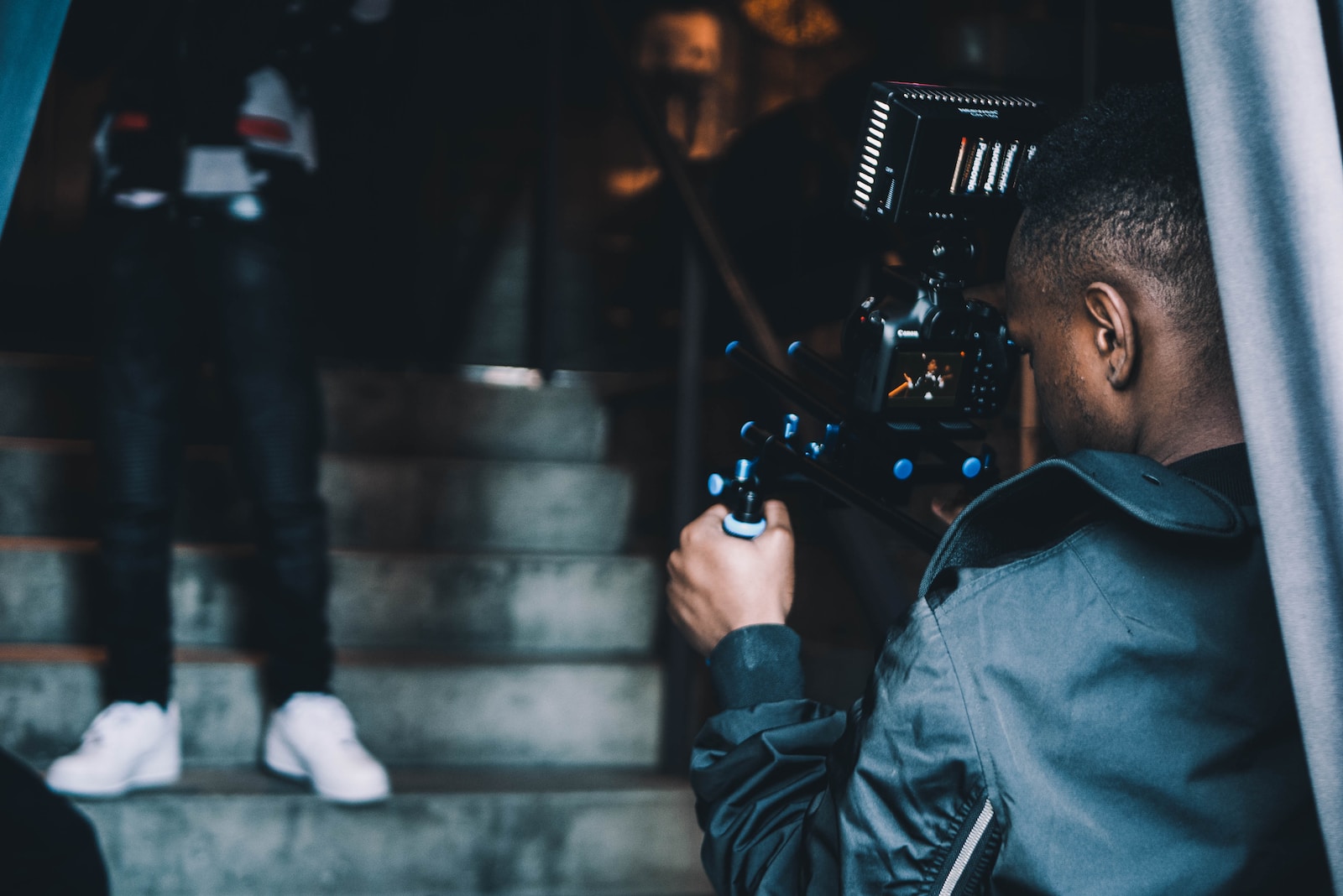Welcome to “The Art of Photographing Tattoos,” a comprehensive exploration of the intricate world of tattoo photography. Whether you’re a seasoned photographer looking to broaden your skillset or an aspiring artist eager to capture your own body art in all its glory, this blog is your ultimate guide. Discover the secrets behind lighting tattoos, mastering shooting angles, and bringing out vibrant colors that truly showcase the beauty of body ink. Get ready to immerse yourself in the captivating art of tattoo photography!
Table of Contents
- The Beauty of Tattoo Photography
- The Best Camera for Tattoo Photography
- The Best Vantage Points for Capturing Stunning Tattoo Photos
- Frequently Asked Questions
- 1. How do I capture the colors of tattoos in my photographs?
- 2. What are the recommended shooting angles for tattoo photography?
- 3. How can I effectively light tattoos to highlight their details?
- 4. Are there any specific camera settings I should use for tattoo photography?
- 5. How can I make my tattoo photography unique and creative?
- Wrap Up
The Beauty of Tattoo Photography
Tattoo photography is a captivating and growing genre in the world of photography. It combines two artistic mediums, tattoos, and photography, to create stunning visuals that showcase the artistry and individuality of each tattoo. Whether you are a professional photographer looking to specialize in this field or simply a photography enthusiast intrigued by the intricacies of tattoo art, this blog post will guide you through the art of photographing tattoos.
Capturing the Details
One of the most fascinating aspects of tattoo photography is its ability to capture every intricate detail of a tattoo. Tattoos are unique expressions of personal stories, beliefs, and emotions and photographing them allows us to preserve these expressions forever. To truly highlight the details, consider using a macro lens that offers a shallow depth of field, allowing the tattoo to stand out while creating a soft and dreamy background. Experiment with different focal lengths and aperture settings to achieve the desired effect.
Another effective technique is to photograph tattoos from different angles, ensuring that every element of the design is captured. This can include close-up shots of specific sections of the tattoo as well as wider shots that encompass the entire body art. Play with various perspectives, such as shooting from above, below, or from the side, to showcase the tattoo from different vantage points.
Enhancing Colors and Lighting
Colors play a vital role in tattoo photography. They bring tattoos to life, adding depth, vibrancy, and personality to the images. To enhance the colors of a tattoo, it is essential to master the art of lighting. Different lighting setups can dramatically affect the appearance of a tattoo.
When photographing tattoos, natural light can be your best friend. Soft, diffused sunlight can highlight the details and amplify the colors without being too harsh or overpowering. Consider shooting outdoors during the golden hour, which adds a warm, flattering glow to the tattoo and creates captivating shadows.
If natural light is not readily available or suitable for the specific location or time, artificial lighting can be used. Studio lights with softboxes or diffusers will help create a controlled and evenly spread light source, reducing any harsh shadows. Experiment with different lighting angles and intensities to bring out the best in the tattoo’s colors and details.
Moreover, post-processing techniques can further enhance the colors of tattoo photographs. Utilize photo editing software to adjust saturation, contrast, and white balance to achieve the desired effect. Remember to maintain the integrity of the tattoo while enhancing its visual appeal.
By mastering the art of tattoo photography, you have the opportunity to capture the essence and beauty of intricate body art. Embrace the details, experiment with lighting, and infuse your images with vibrant colors to create captivating photographs that celebrate the artistry and individuality of tattoos.
Did you know that tattoo photography is a niche art form that requires unique skills and techniques? Capturing the intricate details, vibrant colors, and textures of tattoos is a challenge that only a skilled photographer can master.
The Best Camera for Tattoo Photography
When it comes to capturing the intricate details and vibrant colors of tattoos, having the right camera is crucial. While there are many options available, certain features can greatly enhance your tattoo photography.
One option is a full-frame DSLR camera. With its larger sensor, it allows for excellent image quality and low-light performance. This is especially beneficial when shooting tattoos, as it helps to capture the fine lines and shading with exceptional clarity. Another advantage of a DSLR camera is the ability to interchange lenses, giving you more flexibility in composition and creativity.
If a DSLR is not within your budget, a mirrorless camera is another great option. These cameras are more compact and lightweight, making them ideal for capturing tattoos on location or during events. Many mirrorless cameras also boast impressive autofocus capabilities, ensuring sharp images of the tattoos’ intricate details.
Choosing the Right Lens
Equally important as the camera is the lens you choose for tattoo photography. The ideal lens will depend on the style and composition you desire. Here are a few options to consider:
- Macro Lens: A macro lens is perfect for capturing extreme close-ups of tattoos. With a high magnification ratio, it brings out every intricate detail, from tiny lines to intricate patterns.
- Wide-Angle Lens: If you want to capture the tattoo within the context of the surrounding environment, a wide-angle lens is a great choice. It allows you to include more of the subject’s body, creating a storytelling effect.
- Portrait Lens: For capturing flattering portraits of tattooed individuals, a portrait lens is essential. These lenses typically have a focal length between 50mm and 85mm, providing a natural perspective and beautiful bokeh.
- Zoom Lens: A zoom lens offers versatility, allowing you to adjust the focal length as needed. This is particularly useful in situations where you can’t physically move closer or further away from the subject.
Remember, the best lens for tattoo photography ultimately depends on your personal style and preference. Experimenting with different lenses will help you discover the one that best suits your vision.
No matter which camera and lens combination you choose, it’s essential to familiarize yourself with your equipment’s settings and functions. Understanding aperture, ISO, and shutter speed will enable you to capture the vibrant colors and intricate details of tattoos with finesse and precision.

The Best Vantage Points for Capturing Stunning Tattoo Photos
Photographing tattoos is an art form in itself, requiring a keen eye for detail and a thorough understanding of lighting, angles, and composition. To truly capture the beauty and intricacy of tattoos, it’s essential to select the right time and vantage points.
Exploring Different Vantage Points
When photographing tattoos, experimenting with various vantage points can make your images more dynamic and visually engaging. Here are two popular positions to consider:
Top-Down View: This viewpoint allows you to capture the tattoo in all its glory, emphasizing its shape and overall design. By standing directly above the subject, you can showcase the intricate details and symmetrical patterns. This position works particularly well for capturing larger tattoos or those on the back or chest.
Eye-Level Perspective: Shooting from eye level creates a more intimate and personal connection with the tattoo. This position offers a
One helpful tip for tattoo photography is to use a macro lens to capture intricate details and textures. This will allow you to showcase the fine lines and shading in the tattoo, creating a visually stunning image. Additionally, using a shallow depth of field can help draw attention to the tattoo and isolate it from the background.
Frequently Asked Questions
1. How do I capture the colors of tattoos in my photographs?
To bring out the vibrant colors of tattoos in your photographs, it is essential to have proper lighting. Use natural light or soft diffused lighting to avoid harsh shadows that can distort the colors. Experiment with different angles and adjust the exposure settings to enhance the colors during post-processing.
2. What are the recommended shooting angles for tattoo photography?
The ideal shooting angle for tattoo photography largely depends on the location and size of the tattoo. However, shooting from a slightly elevated angle or at eye level often provides the best results. Experiment with different angles to capture the intricate details and textures of the tattoo while maintaining a balanced composition.
3. How can I effectively light tattoos to highlight their details?
Proper lighting is crucial to showcase the details of a tattoo. Use a combination of soft and directional lighting to create a sense of depth and dimension. Softboxes or diffusers can help minimize shadows and evenly light the tattoo. Experiment with different lighting setups, such as side lighting or backlighting, to accentuate the contours and textures of the tattoo.
4. Are there any specific camera settings I should use for tattoo photography?
While there are no hard and fast rules for camera settings in tattoo photography, certain settings can enhance the overall quality of your images. Use a wide aperture (low f-stop) to create a shallow depth of field and draw attention to the tattoo. Adjust the ISO to maintain a balanced exposure and minimize digital noise. Shoot in RAW format for greater flexibility in post-processing.
5. How can I make my tattoo photography unique and creative?
To make your tattoo photography stand out, experiment with different compositions, perspectives, and props. Incorporate the surrounding environment, interesting backgrounds, or complementary elements to create a visually compelling image. Encourage your subject to express themselves and share the meaning behind their tattoos, capturing not only the artwork but also the individual’s story and personality.
Wrap Up
Photographing tattoos is a unique art form that requires careful consideration of lighting, angles, and colors. By following the tips and techniques discussed in this blog, you can ensure that your tattoo photographs capture the beauty and intricacy of these incredible works of art.
Whether you’re a professional photographer or a tattoo enthusiast looking to showcase your ink, experimenting with different lighting setups, shooting angles, and color enhancement techniques will allow you to bring out the best in your tattoo photography. Remember to always be creative and open-minded, as every tattoo has its own story waiting to be told through the lens.
We hope you found this exploration of tattoo photography useful and inspiring. If you have any questions or additional tips to share, please leave a comment below. We would love to hear about your experiences and see your stunning tattoo photography!



